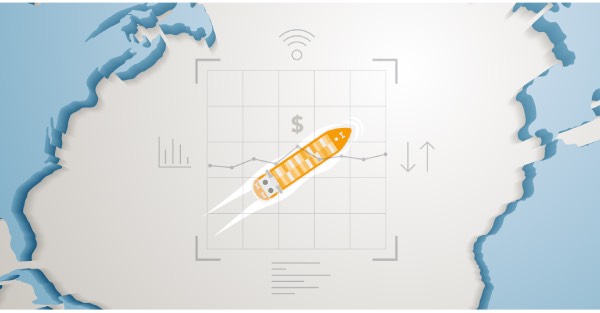The shipping industry, the invisible backbone of our economy, is tackling the climate emergency with a growing sense of urgency and optimism – even as it struggles with the disruptions of a global pandemic. However, energy and optimism needs to translate into action. Action now means embracing the full range of innovative tools that are here, commercially ready, and deployable.
Currently, regulations are encouraging the industry to do two things; to derate engines so vessels are forced to slow down and save fuel, and to gradually switch to more sustainable fuels, such as green hydrogen, methanol, ammonia, or biofuels. We commend the investments in this area, from fuel suppliers, shipowners and charterers alike, all of whom share the vision of a low-carbon future.
However, given the scale and urgency of the climate emergency, we need to use all the tools available to us. While important and impactful, focusing only on a narrow set of measures results in the shipping sector missing the opportunity to make big improvements NOW. We already have a huge range of energy efficiency and renewable propulsion technologies that both complement future fuels, and reduce carbon emissions. We already have a huge range of clean technologies delivering: wind propulsion, air lubrication, battery energy storage, hull coating technology, hydrodynamic energy saving devices, and voyage optimisation software, to name a few.
The best part is, these technologies complement each other, and alternative fuels. Each vessel has its own combination of technologies that can drastically reduce its carbon footprint. These must combine with solutions for smarter operations and optimised voyages, that break down the misaligned incentives that can lead to ships sailing at speed only to wait in port.
The shipping industry needs both efficiency technologies and future fuels. Neither provides the silver bullet for the existing fleet or the vessels of the future. Future fuels will be less energy-dense than current fuels, so ships will need more fuel to meet the same performance goals. Efficiency technologies can bridge this gap; making every drop of new fuel count will be essential.
We can’t let the development of new fuels become an excuse for inertia. Immediate improvements are essential – particularly as the current fleet and ships in the builder’s yard now will be on the water for decades for come. Our environment can’t sustain a “wait and see” strategy. The damage that we are doing is cumulative and irreversible and we all share a responsibility to take action.
Many clean technologies have been deployed successfully for several years. Some translate the foundations of shipping such as sails, or hull coatings, into a true 21st Century solution. Others embrace big data, AI, advanced new materials and new ground breaking technologies.
The history of seafaring is one of optimism, perseverance and ingenuity in the face of difficulty. No challenge is greater than the fight against climate change, and we should use all the tools we can today. The history of shipping shows that those who rose to the challenges prospered and those that either left it to others or ignored those challenges failed.
We are calling for all shipping stakeholders and international authorities to expand their focus and attention. Long term innovation, research and development and the development of alternative fuels are key to decarbonising the maritime sector, BUT they are not the whole solution. Shipping needs to integrate the available efficiency and renewable propulsion technologies into their roadmap immediately – with the following goals:
- to ensure that we move to address the environmental challenges right away,
- to provide the opportunity to immediately drop emissions and fuel consumption while alternative fuelscontinue to scale up,
- to provide the current fleet with an opportunity to keep pace with the rapidly accelerating environmentalobjectives coming from regulators, the market and the end consumer.
With the right support from investors and regulation, energy efficiency and renewable propulsion technology can inspire more ambitious targets and innovation, and ensure that shipping can continue as the lynchpin of a low-carbon global economy.






































